Tout commence par une plainte…
La plainte est généralement l’acte originel de toute enquête en milieu de travail. Elle est autrement dit le signal d’alerte qui active une série de mécanismes depuis l’évaluation de son sérieux par l’employeur jusqu’à l’ultime décision sur la manière de l’adresser.




